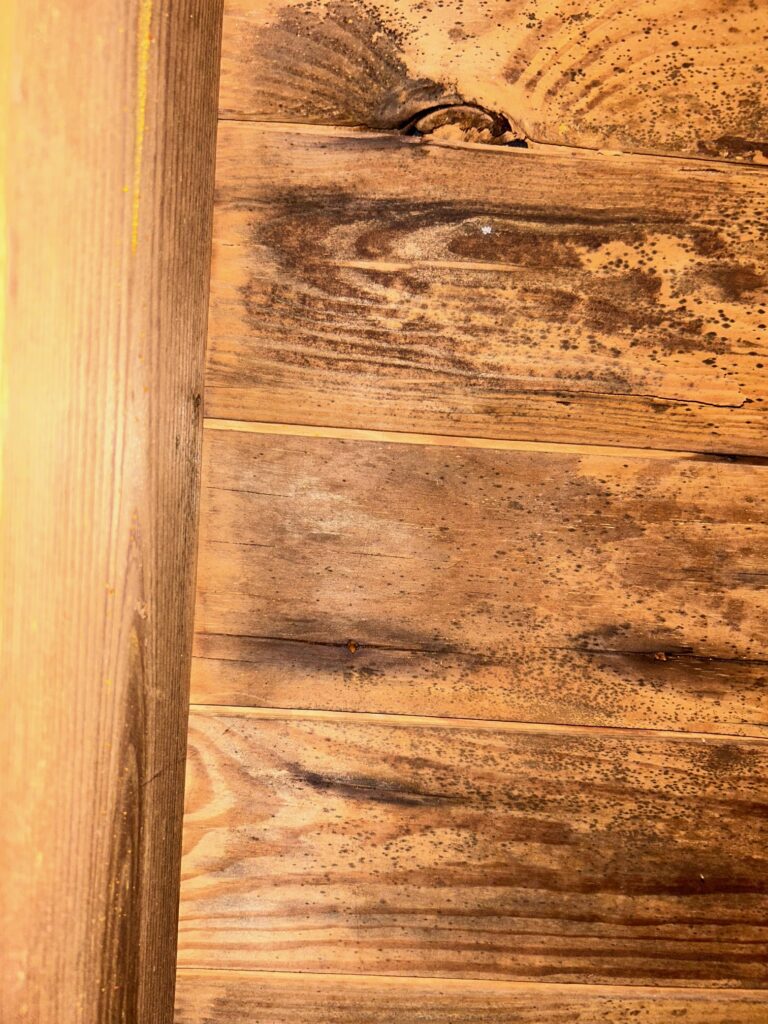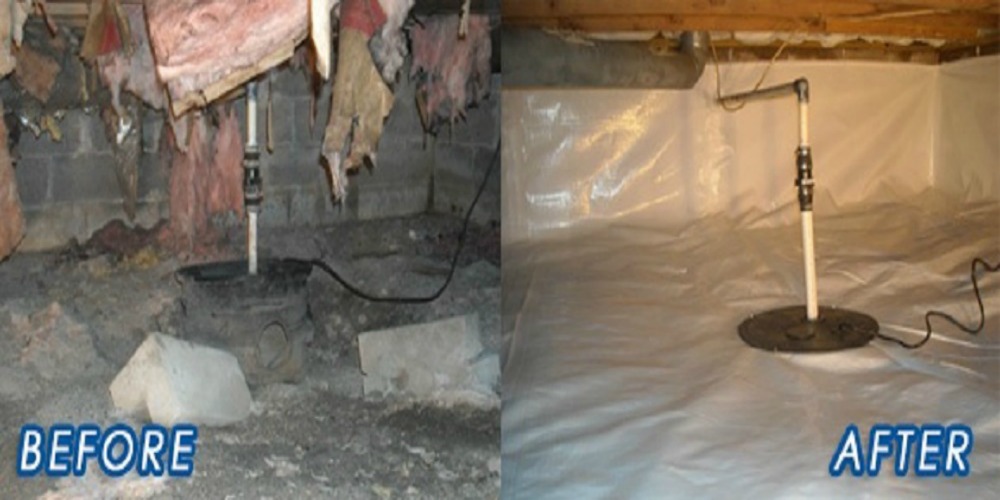Mold Removal vs. Mold Remediation
What’s the Difference? A Guide for Homeowners with Crawl Space Concerns
Mold. It’s a word no homeowner wants to hear. It’s not only unsightly and potentially dangerous, but also a common problem, especially in damp environments like crawl spaces, particularly in humid climates like Central Virginia. Understanding how to address mold is crucial, and that begins with knowing the difference between two often-confused terms: mold removal and mold remediation.

Mold Removal: A Surface-Level Solution
Mold removal simply means getting rid of visible mold. This usually involves wiping mold away with cleaning solutions, which can improve the appearance of your home. However, this is only a temporary fix. Without addressing the underlying cause of the mold growth, it will likely return.
It’s like pulling weeds without removing the roots: the weeds disappear for a while, but they inevitably grow back because the source of the problem remains.
Mold Remediation: A Comprehensive Approach
Mold remediation takes a more thorough and long-term approach. While it includes removing visible mold with appropriate cleansers (depending on the remediation company), it also focuses on identifying and correcting the source of the moisture problem to prevent future mold growth. While completely eliminating all mold spores is impossible (we breathe them in the air constantly), remediation significantly reduces the risk of future infestations. Remediation typically includes:
- Identifying and fixing moisture problems: This may involve repairing leaks, improving ventilation, or installing a dehumidifier. A professional like Vance Insulation can inspect hidden areas like crawl spaces and attics for signs of moisture and mold.
- Removing mold-infested materials: Often, mold on floor joists indicates mold in the insulation as well. Removing the affected insulation is crucial for preventing future mold growth. In severe cases, heavily damaged joists may need to be removed and replaced.
- Cleaning and disinfecting: Some companies, like Vance Insulation, offer a spray-and-scrub cleaning of floor joists, which many other remediation companies do not provide. This eliminates remaining mold spores and further inhibits future growth.

Why Remediation is Crucial
Especially in Crawl Spaces
Mold thrives in damp, dark environments, making crawl spaces ideal breeding grounds. Rainwater can enter through foundation cracks, and high humidity further increases the risk of mold growth. Mold in your crawl space can lead to several problems:
- Musty odors: These unpleasant smells can permeate your entire home.
- Structural damage: Mold can weaken wooden support beams and floor joists, potentially creating hazardous conditions.
- Health issues: Breathing mold spores can trigger allergies, asthma attacks, and other respiratory problems. Mold can even be absorbed through the skin.
- Reduced home value: Mold is a major red flag for home inspectors and potential buyers.
Choosing the Right Approach

Small, contained mold problems may be manageable with DIY cleaning and improved moisture control. However, for larger infestations or hard-to-reach areas like crawl spaces and attics, professional mold remediation is highly recommended. Professionals like Vance Insulation have the expertise, safety equipment, and specialized tools to effectively address the problem and prevent recurrence.

Key Takeaways
- Mold removal is a surface-level solution that doesn’t address the underlying cause of mold growth.
- Mold remediation is a comprehensive process that focuses on eliminating mold and preventing its return.
- Crawl spaces are particularly vulnerable to mold due to their damp environment.
- Professional mold remediation is recommended for larger infestations, especially in crawl spaces.
Additional Prevention Steps
Consider these additional steps to help prevent mold growth in your attic and crawl space:
- Dehumidifier: This removes excess moisture from the air and the ground around your home.
- Drain Tile: This provides a path for pooling or standing water in your crawl space to drain away.
- Sump Pump: When combined with drain tile, a sump pump collects water in a designated spot and then pumps it away from the crawl space.
- Encapsulation: This provides a sealed crawl space experience with vapor barrier and insulation against foundation walls to prevent mold from being able to grow.
Don’t let mold take over your home. By understanding the difference between mold removal and remediation, you can take the necessary steps to protect your health, your home, and your investment. Contact Vance Insulation for a free inspection of your crawl space and/or attic to assess your home’s mold remediation needs.
